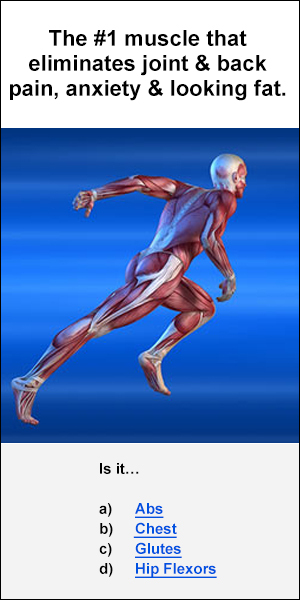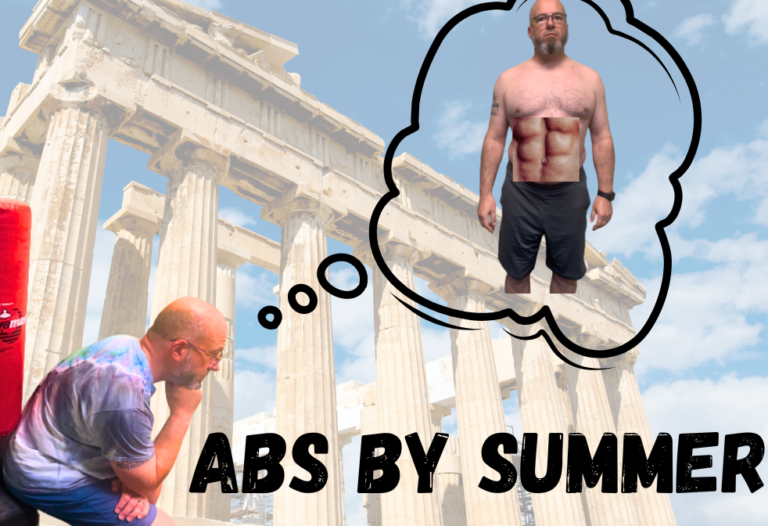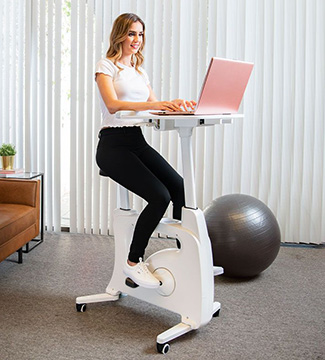The Hidden Dangers of Tight Hip Flexors: How They Affect Your Health
Tight hip flexors are a common issue that affects many people, especially those who sit for extended periods or engage in activities that require repetitive hip movements. The hip flexors are a group of muscles that connect the pelvis to the femur and are responsible for bending the hip and lifting the knee. When these muscles become tight, it can lead to a range of issues that can affect someone’s overall wellbeing. In this article, we will explore the various ways that tight hip flexors can affect someone and what can be done to alleviate the problem.
Poor Posture
Tight hip flexors can cause poor posture, as they pull the pelvis forward, causing the lower back to arch and the upper back to round. This can put extra strain on the spine and lead to pain and discomfort. Poor posture can also affect breathing patterns and contribute to fatigue and low energy levels.
Lower Back Pain
Tight hip flexors can cause lower back pain as they pull on the lumbar spine, causing it to arch excessively. This can lead to a strain on the lower back muscles and result in pain and discomfort. Over time, this can lead to chronic pain and difficulty performing everyday activities.
Knee and Foot Pain
Tight hip flexors can affect the alignment of the knee and foot, leading to pain and discomfort. When the hip flexors are tight, they can pull on the IT band, causing it to become tight and leading to knee pain. This can also affect foot and ankle alignment, leading to issues such as plantar fasciitis and Achilles tendonitis.
Decreased Mobility and Flexibility
Tight hip flexors can decrease mobility and flexibility, making it difficult to perform everyday activities and exercise. This can also lead to a decrease in range of motion, making it challenging to engage in sports and other physical activities.
Digestive Issues
Tight hip flexors can compress the digestive organs, leading to issues such as constipation, bloating, and indigestion. This can also affect nutrient absorption and lead to a decrease in overall health and wellbeing.
What Can Be Done?
There are several ways to alleviate tight hip flexors, including stretching, foam rolling, and strength training. Stretching can help lengthen the muscles and improve flexibility, while foam rolling can help release tension and alleviate pain. Strength training can also help improve hip flexor strength and mobility, allowing for a greater range of motion.
Come see us for a comprehensive program to get your hip flexors under control and alleviate those issues you’ve been having.
In the meantime, below is a link to a trusted partner of ours. We actually use their material to help ourselves. I have loaned out more than one of my DVDs from them, so I thought I would include their information here, for those who would like to help themselves.
https://hop.clickbank.net?affiliate=wtglegacy&vendor=painfix&tid=htxwell






